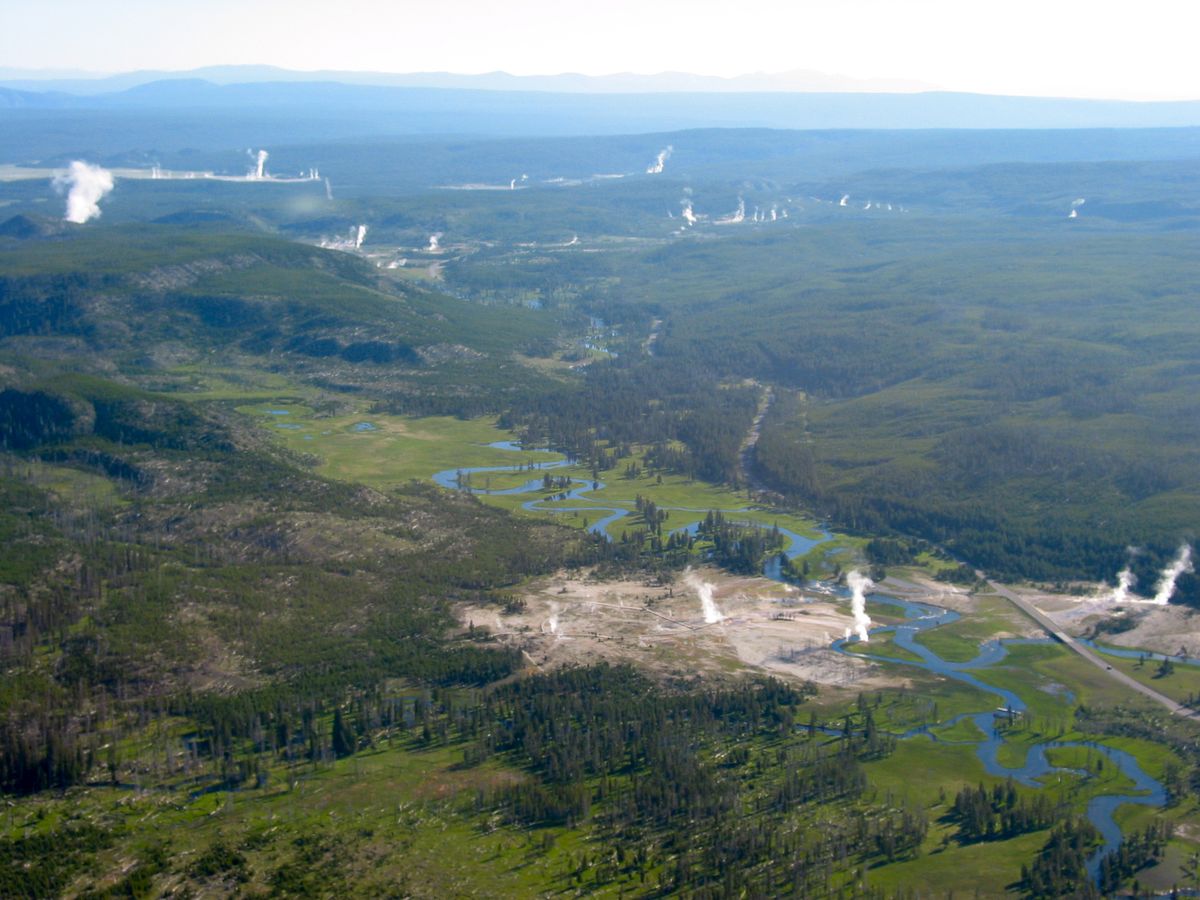Earth's Moving Mantle Leads to Earthquakes in Unusual Places

It has long been a mystery why some earthquakes strike towns in seemingly earthquake-proof regions, but researchers now have a potential explanation for why temblors sometimes rattle where they're not expected. Understanding the underlying source of these quakes could help officials prepare for their associated hazards.
Researchers found that intraplate earthquakes — which occur in the middle, instead of at the borders, of tectonic plates — are influenced by convection, or heat-driven movements, of the molten mantle beneath the planet's cold, solid crust.
Although intraplate quakes make up a small percentage of overall earthquakes (98 percent of earthquakes occur at the boundaries of tectonic plates), they have been recorded at strengths of up to magnitude 7.0 and can be among the most disastrous temblors because they're unexpected, said Thorsten Becker, lead author of the new study and a professor of earth sciences at the University of Southern California. For one, towns hit by intraplate earthquakes are less likely to have earthquake-prepared infrastructure than towns that sit on plate boundaries, he said. [Image Gallery: This Millennium's Destructive Earthquakes]
For their study, the researchers specifically looked at intraplate seismicity along the Intermountain Region, which runs north to south in the western United States. The Intermountain Region covers nearly 53,000 square miles (137,000 square kilometers) of federal land and includes 13 National Forests. It also encompasses four major geographic provinces: the Great Basin, the Colorado Plateau, the Middle Rocky Mountains and the Northern Rocky Mountains, according to the U.S. Department of Agriculture.
Shaking things up
The researchers compared seismicity along the Intermountain Region to data collected by seismometers across the North American Plate (the tectonic plate that covers most of North America), to see how the Earth's surface deforms when earthquakes occur at plate boundaries and when temblors strike within plates, Becker said.
Earthquakes at plate boundaries occur when plates move horizontally, crashing into each other, moving away from each other or sliding past each other. Earthquakes in the middle of plates, by contrast, appear to occur when the mantle pushes up or down on the surface from below, Becker said.
Sign up for the Live Science daily newsletter now
Get the world’s most fascinating discoveries delivered straight to your inbox.
The resulting deformed crust, which happens at both mountains and trenches, and seismicity, which mostly happens when the continental crust stretches, can be seen around the Snake River Plain — a sunken stretch of land within the Intermountain Region that extends 400 miles (650 kilometers) west of Yellowstone National Park, in Wyoming, to the Idaho-Oregon border.
To better understand how the region's geologic features formed, the researchers analyzed seismic data using models that incorporated mantle convection, including how quickly the mantle moves, Becker told Live Science.
Changes in the Earth's surface generated by mantle convection — specifically, mantle upwelling — contributed to intraplate earthquakes, according to the study.
The researchers decided to explore the Intermountain Region because its earthquakes occur far enough away from any plate boundaries to have their own distinct cause for shaking, Becker said. They focused on continental plates, like the North American Plate, because “[t]hey are older, thicker and record much longer geologic history" than oceanic plates, he added.
Previous research on intraplate earthquakes focused on variations in the thickness of Earth’s crust, Becker said — less thick crust was thought to be weaker, which could host more localized shaking. The researchers tested that theory in their model and found that although crustal thickness did contribute to seismicity, mantle flow was a major driver of intraplate earthquakes.
The researchers’ model attempts to predict how the mantle moves to better understand resulting seismicity, and the findings could help gauge where potential mantle-driven quakes can occur.
Mountains can provide clues about past earthquakes, both at plate boundaries and in the middle of tectonic plates, and the scientists want to see if there is a link between mountains and mantle convection.
Understanding that seismicity is linked to mantle convection can also help researchers better understand how continental plates deform now and how they have changed in the past, Becker said.
The study's findings were published online Aug. 26 in the journal Nature.
Elizabeth Goldbaum is on Twitter. Follow Live Science @livescience, Facebook & Google+. Original article on Live Science












